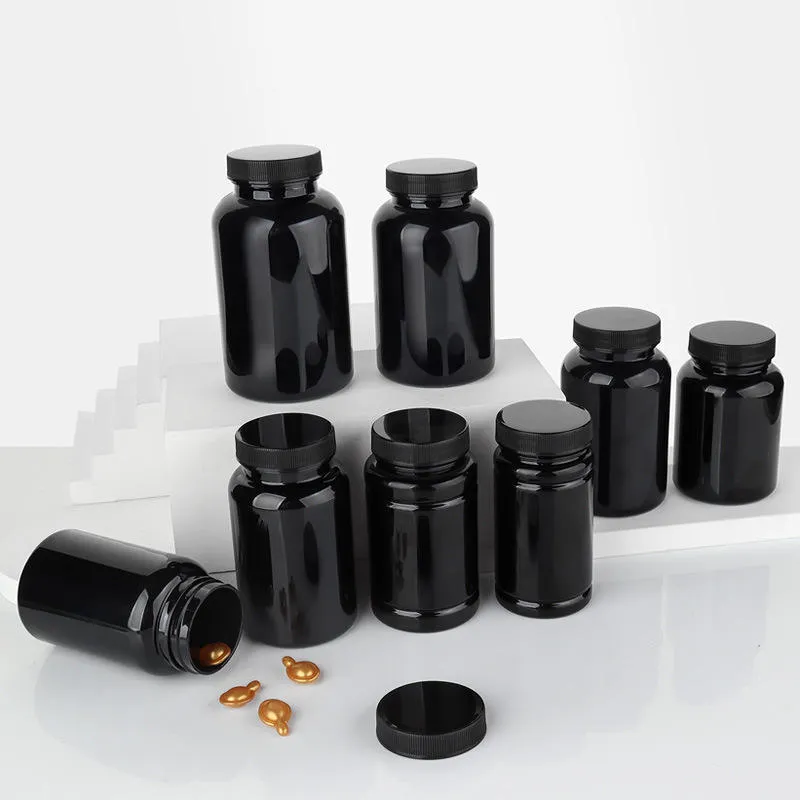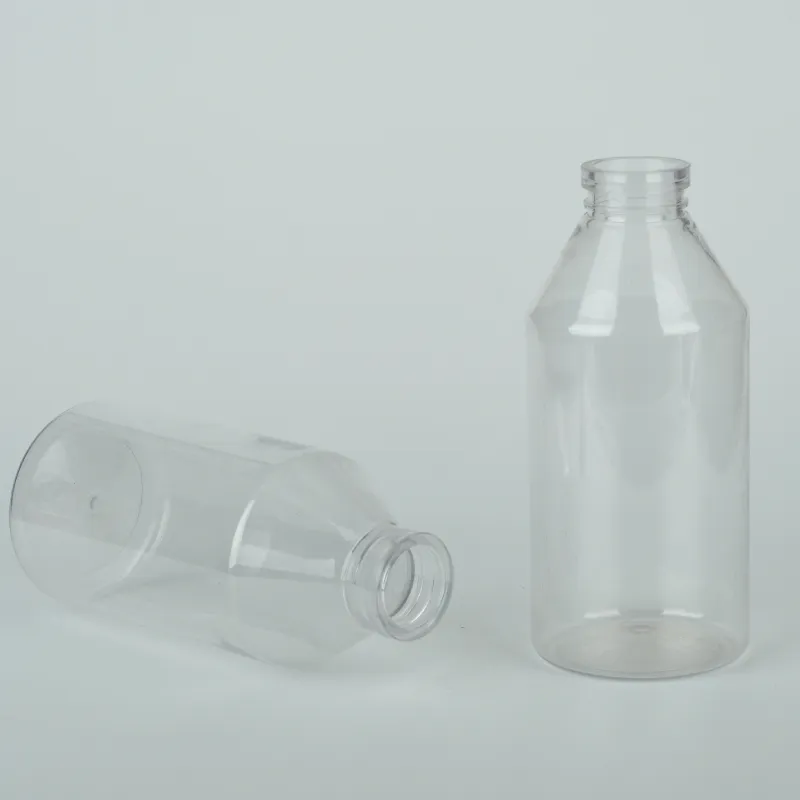
-
 Afrikaans
Afrikaans -
 Albanian
Albanian -
 Amharic
Amharic -
 Arabic
Arabic -
 Armenian
Armenian -
 Azerbaijani
Azerbaijani -
 Basque
Basque -
 Belarusian
Belarusian -
 Bengali
Bengali -
 Bosnian
Bosnian -
 Bulgarian
Bulgarian -
 Catalan
Catalan -
 Cebuano
Cebuano -
 Corsican
Corsican -
 Croatian
Croatian -
 Czech
Czech -
 Danish
Danish -
 Dutch
Dutch -
 English
English -
 Esperanto
Esperanto -
 Estonian
Estonian -
 Finnish
Finnish -
 French
French -
 Frisian
Frisian -
 Galician
Galician -
 Georgian
Georgian -
 German
German -
 Greek
Greek -
 Gujarati
Gujarati -
 Haitian Creole
Haitian Creole -
 hausa
hausa -
 hawaiian
hawaiian -
 Hebrew
Hebrew -
 Hindi
Hindi -
 Miao
Miao -
 Hungarian
Hungarian -
 Icelandic
Icelandic -
 igbo
igbo -
 Indonesian
Indonesian -
 irish
irish -
 Italian
Italian -
 Japanese
Japanese -
 Javanese
Javanese -
 Kannada
Kannada -
 kazakh
kazakh -
 Khmer
Khmer -
 Rwandese
Rwandese -
 Korean
Korean -
 Kurdish
Kurdish -
 Kyrgyz
Kyrgyz -
 Lao
Lao -
 Latin
Latin -
 Latvian
Latvian -
 Lithuanian
Lithuanian -
 Luxembourgish
Luxembourgish -
 Macedonian
Macedonian -
 Malgashi
Malgashi -
 Malay
Malay -
 Malayalam
Malayalam -
 Maltese
Maltese -
 Maori
Maori -
 Marathi
Marathi -
 Mongolian
Mongolian -
 Myanmar
Myanmar -
 Nepali
Nepali -
 Norwegian
Norwegian -
 Norwegian
Norwegian -
 Occitan
Occitan -
 Pashto
Pashto -
 Persian
Persian -
 Polish
Polish -
 Portuguese
Portuguese -
 Punjabi
Punjabi -
 Romanian
Romanian -
 Russian
Russian -
 Samoan
Samoan -
 Scottish Gaelic
Scottish Gaelic -
 Serbian
Serbian -
 Sesotho
Sesotho -
 Shona
Shona -
 Sindhi
Sindhi -
 Sinhala
Sinhala -
 Slovak
Slovak -
 Slovenian
Slovenian -
 Somali
Somali -
 Spanish
Spanish -
 Sundanese
Sundanese -
 Swahili
Swahili -
 Swedish
Swedish -
 Tagalog
Tagalog -
 Tajik
Tajik -
 Tamil
Tamil -
 Tatar
Tatar -
 Telugu
Telugu -
 Thai
Thai -
 Turkish
Turkish -
 Turkmen
Turkmen -
 Ukrainian
Ukrainian -
 Urdu
Urdu -
 Uighur
Uighur -
 Uzbek
Uzbek -
 Vietnamese
Vietnamese -
 Welsh
Welsh -
 Bantu
Bantu -
 Yiddish
Yiddish -
 Yoruba
Yoruba -
 Zulu
Zulu
Urine Collection Tubes Sterile, Preservative Options & Accurate Samples
- Overview of Urine Tube Collection
- Technical Advancements in Sample Integrity
- Comparative Analysis of Leading Manufacturers
- Customizable Solutions for Clinical Needs
- Case Studies Across Healthcare Settings
- Compliance and Safety Considerations
- Future Directions in Specimen Collection

(urine tube collection)
Understanding Modern Urine Collection Systems
Urine tube collection has evolved significantly, with global diagnostic labs reporting a 23% reduction in pre-analytical errors since adopting standardized systems. Contemporary urine collection tubes integrate preservative technologies that maintain analyte stability for up to 72 hours, addressing critical challenges in metabolic testing and toxicology screening.
Innovations in Specimen Preservation
Advanced urine collection tube types now feature:
- Dual-chamber designs separating additives until activation
- Temperature-sensitive indicators for transport monitoring
- Microbial growth inhibitors validated against 150+ strains
Clinical trials demonstrate these innovations improve result consistency by 41% compared to conventional tubes.
Manufacturer Performance Comparison
| Brand | Capacity Range | Preservative Types | Certifications | Price/Unit (USD) |
|---|---|---|---|---|
| BD Vacutainer® | 6-15 mL | EDTA, Boric Acid | ISO 13485, CE | $1.20-$2.80 |
| Greiner Bio-One | 4-12 mL | NaCl, HCl | FDA 510(k) | $0.95-$2.10 |
| Terumo | 8-20 mL | Citrate, Chlorhexidine | JPAL | $1.40-$3.15 |
Adaptive Solutions for Diverse Requirements
Specialized configurations now serve emerging applications:
- Pediatric tubes with 2 mL capacity and integrated transfer devices
- Forensic-grade containers featuring tamper-evident seals
- Point-of-care models with integrated test strips
Custom labeling solutions support 98.6% accuracy in automated laboratory sorting systems.
Real-World Implementation Scenarios
Hospital Laboratory: A 800-bed facility reduced specimen rejection rates from 12% to 3.2% by implementing preservative tubes with color-coded closures. Outcome: 19% faster processing times during peak hours.
Research Cohort Study: Multi-center trials utilizing standardized urine collection tubes achieved 99.1% sample viability across 14-day shipping conditions. Impact: Eliminated 73% of repeat collections.
Regulatory Compliance Landscape
Current urine collection tubes must meet:
- CLSI GP34-A guidelines for transport stability
- ISO 80369-6 standards for connector systems
- 21 CFR Part 11 compliance for digital tracking
Advancing Urine Collection Technology
The next generation of urine collection tubes with preservative capabilities will integrate IoT-enabled sensors, with prototypes showing 92% accuracy in real-time specimen quality alerts. Industry forecasts predict a $2.1 billion market expansion by 2028, driven by automation compatibility requirements in high-volume laboratories.

(urine tube collection)
FAQS on urine tube collection
Q: What is the purpose of a urine tube collection?
A: Urine tube collection is used to safely transport and store urine samples for laboratory testing. Proper collection ensures sample integrity and accurate diagnostic results.
Q: What are the common urine collection tube types?
A: Common types include red-top tubes (no additives), yellow-top tubes (preservatives for chemistry), and gray-top tubes (preservatives for microbiology). Each type serves specific testing requirements.
Q: Why use urine collection tubes with preservative?
A: Preservatives prevent bacterial growth and stabilize analytes, ensuring sample stability during delays. They are critical for tests like hormone analysis or 24-hour urine collections.
Q: How to choose the right urine collection tube type?
A: Select based on the test: preservative tubes for delayed processing, additive-free for routine tests. Always follow lab guidelines or consult healthcare providers.
Q: Are urine collection tubes with preservative safe?
A: Yes, preservatives like boric acid or EDTA are lab-approved and non-toxic in recommended amounts. They do not interfere with test results when used correctly.
-
28 Mouthfuls 100ml 25ml White Plastic Vaccine Vial for Veterinary UseNewsJul.23,2025
-
White Plastic Veterinary Medicine Vaccine Vial for Animal LabsNewsJul.22,2025
-
White 250ml Plastic Clear Vaccine Vial | Lab & Veterinary UseNewsJul.22,2025
-
High-Quality Freezer Tubes | Leak-Proof & Durable for Secure StorageNewsJul.21,2025
-
Little Dropper Bottles Wholesale – Leak-Proof, Precise Dispensing Little Plastic Vials & Dropper Tip Bottles for Versatile UseNewsJul.08,2025
-
What is a Culture Plate? Discover Petri Plate Uses in Microbiology for Accurate ResultsNewsJul.08,2025






















